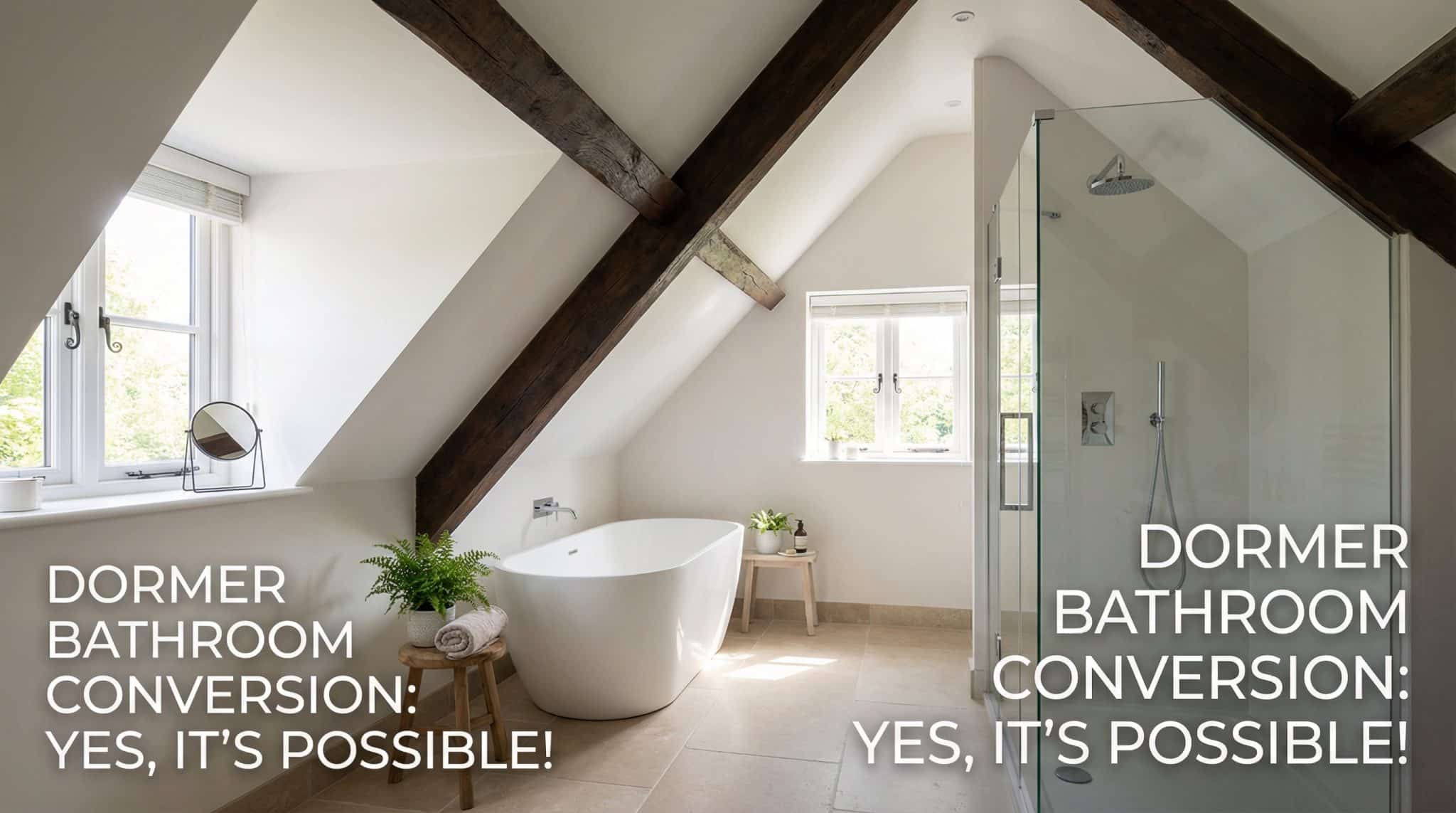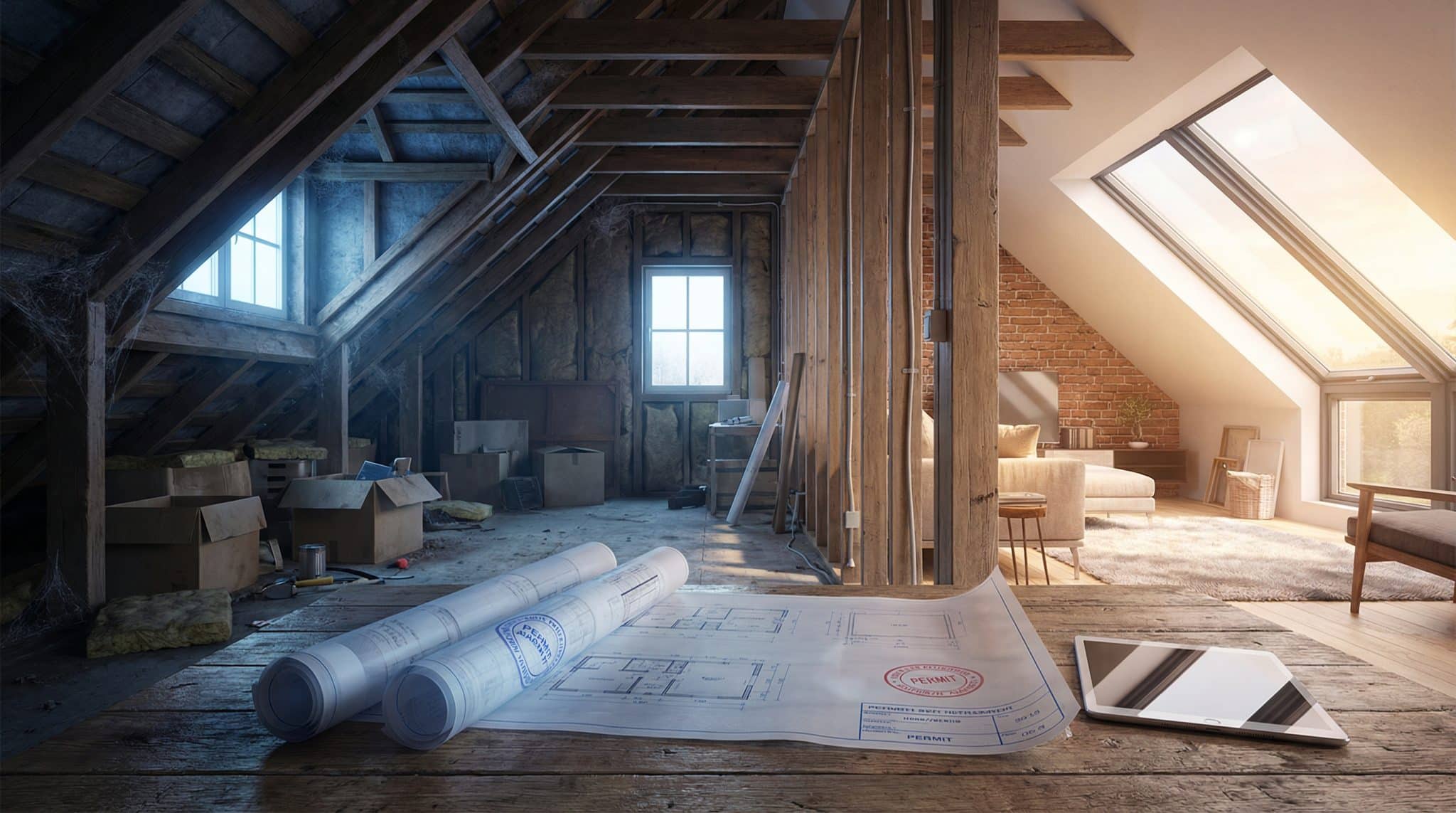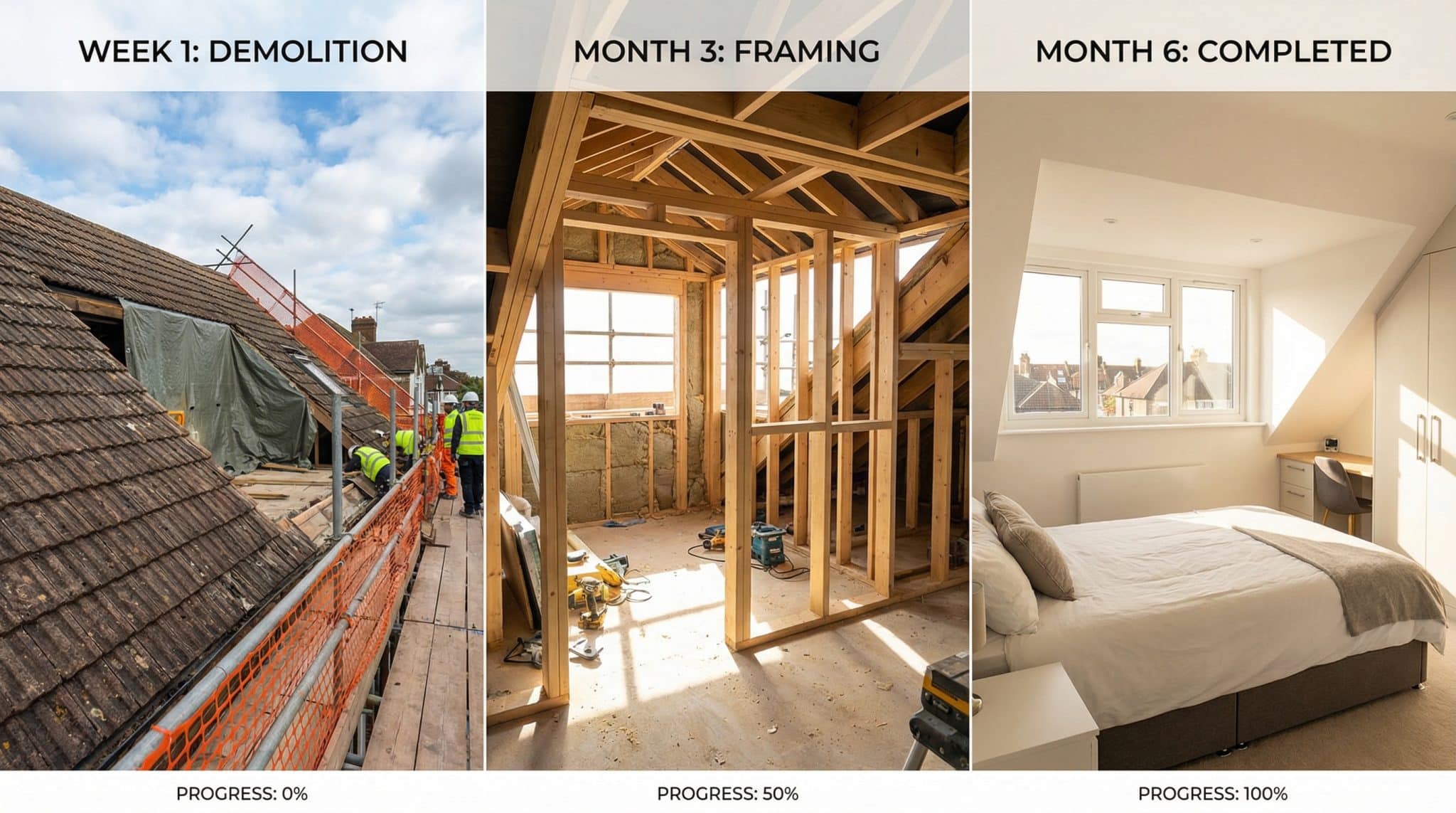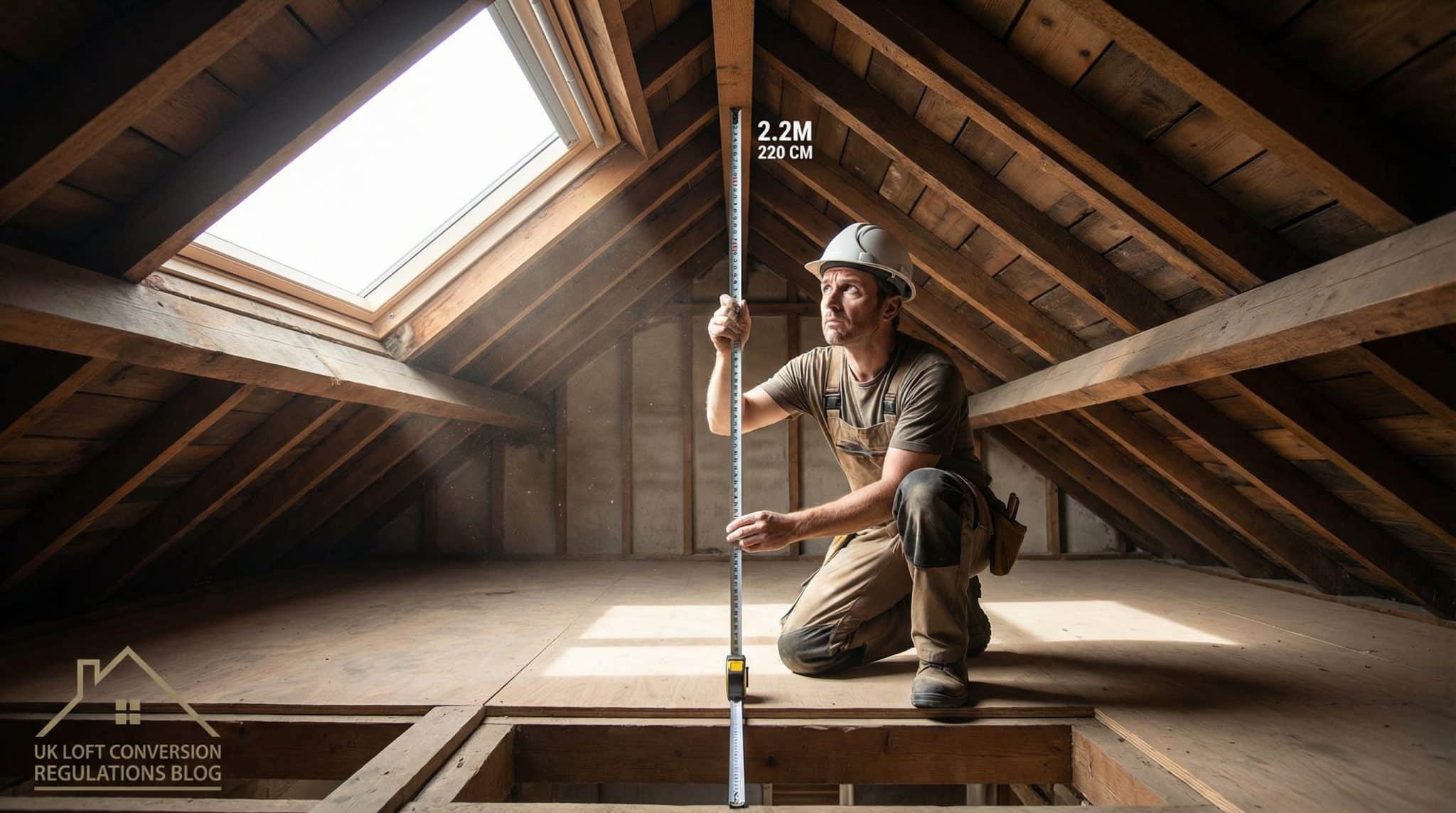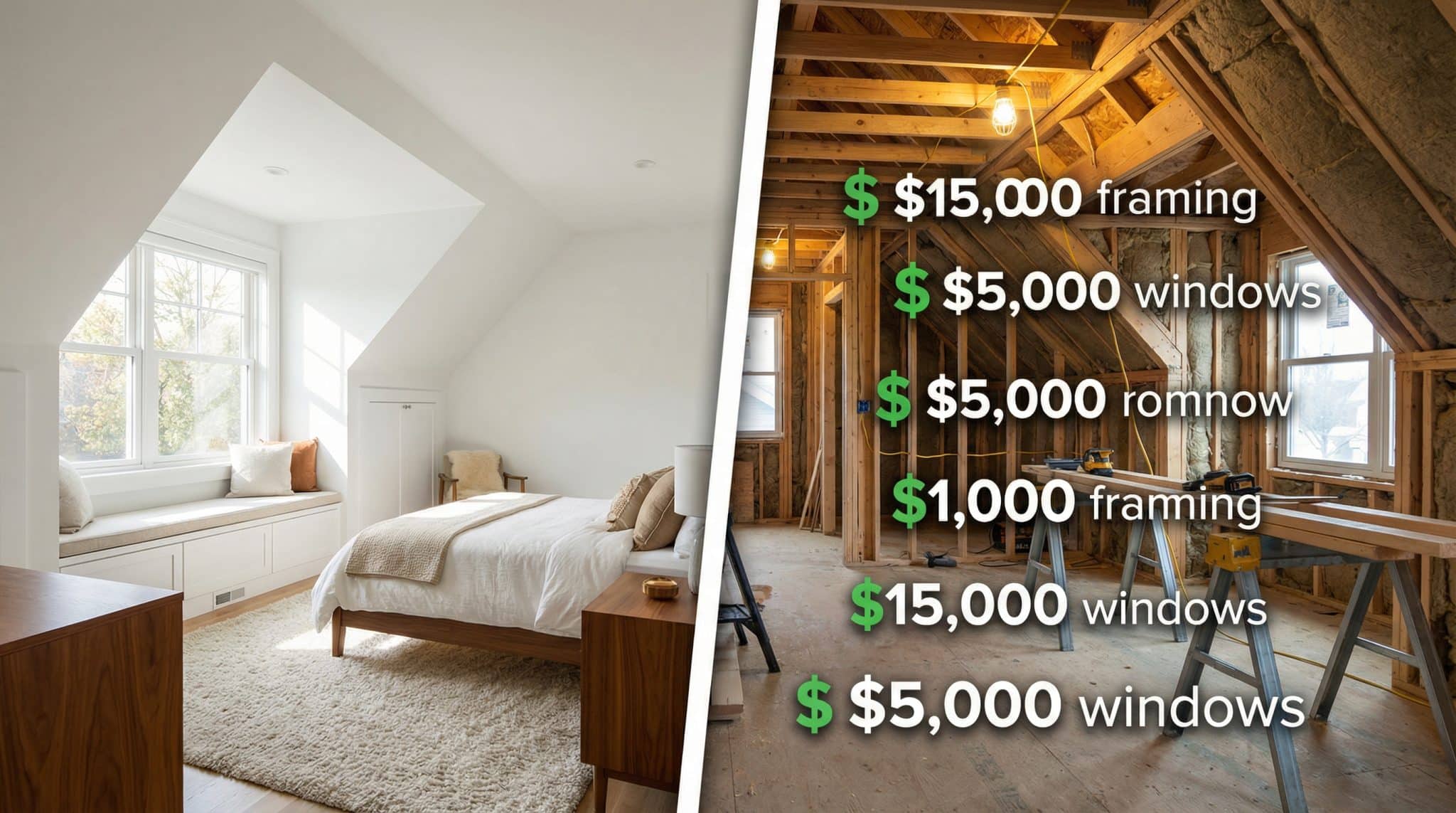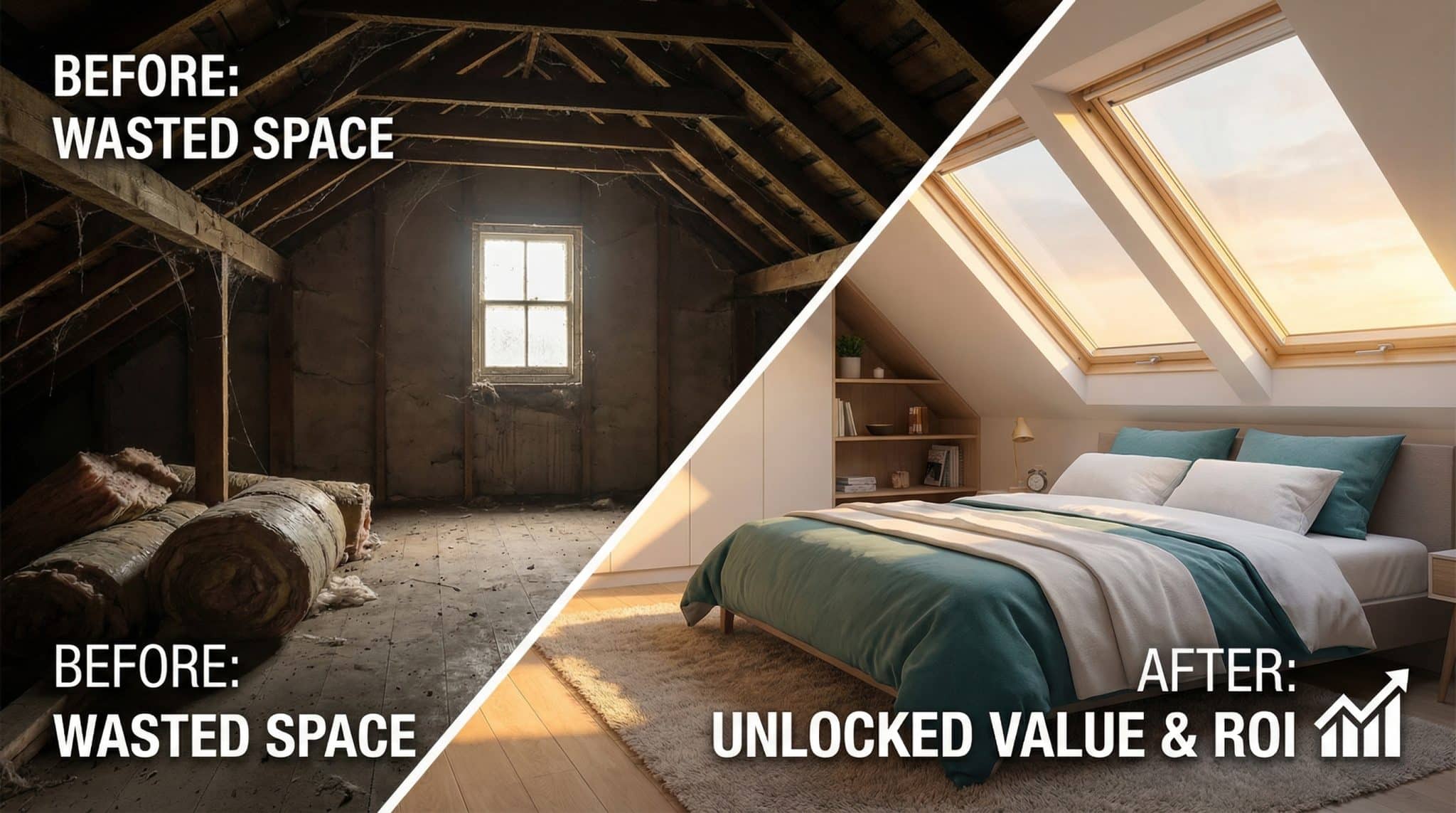Looking to add extra space to your home but torn between two popular options?
The choice between an orangery and a conservatory can significantly impact your property’s functionality, value, and comfort levels.
An orangery provides substantial year-round living space with superior insulation, while a conservatory offers maximum natural light at a more accessible price point.
The difference between an orangery and a conservatory extends beyond just cost, encompassing factors like planning permission, energy efficiency, and architectural integration.
This comparison will help you evaluate which structure aligns best with your specific needs and budget.
Making the right decision between an orangery and a conservatory requires careful consideration of all key factors that affect both functionality and long-term satisfaction.
What Is a Conservatory?
A conservatory is a glazed structure attached to your home, featuring glass walls and roof panels that create a bright, airy space.
Under UK building regulations, a conservatory must have at least 75% of its roof area glazed and at least 50% of its wall area made from transparent materials.
Popular styles include Victorian conservatories with ornate bay fronts, Edwardian designs featuring square footprints for maximum space, lean-to styles ideal for bungalows, and gable-end versions boasting impressive vaulted roofs.
What Is an Orangery?
An orangery combines traditional architecture with modern glazing, resulting in a more substantial structure than a standard conservatory.
Unlike conservatories, orangeries feature solid brick pillars, dwarf walls, and a flat roof section with a central glazed lantern.
The brick pillars provide better insulation and a more permanent appearance, while the combination roof design offers superior temperature control.
Originally 17th-century heated greenhouses for citrus trees, today’s orangeries serve as versatile year-round living spaces.
Before starting your project, make sure you understand the legal requirements — do you need planning permission for an orangery?
Orangery vs Conservatory: Pros and Cons
Before making your choice, it’s essential to compare the key benefits and drawbacks of both structures. Here’s how conservatories and orangeries compare to each other.
Pros Comparison
| Feature | Conservatory | Orangery |
|---|---|---|
| Cost | Lower upfront investment | Better long-term value and ROI |
| Natural Light | Maximum natural light from extensive glazing | Balanced light with better temperature control |
| Planning | Usually permitted development | More substantial, permanent structure |
| Installation | Quick installation process | Superior year-round comfort |
| Aesthetics | Bright, airy garden room feel | Seamless architectural integration |
| Variety | Wide range of styles available | Genuine living space functionality |
Cons Comparison
| Feature | Conservatory | Orangery |
|---|---|---|
| Temperature | Can overheat in summer, and be cold in winter | Less natural light than a conservatory |
| Cost | May add less property value | Higher upfront investment (£15,000-£40,000+) |
| Usability | Limited year-round usability | May require planning permission |
| Energy | Higher energy costs for heating/cooling | Longer construction timeline |
| Perception | Perceived as a temporary structure | Complex building regulations |
| Control | Challenging temperature control | Limited style variations compared to conservatories |
Orangery vs Conservatory: Key Decision Factors
Several crucial factors will influence your final choice between an orangery and a conservatory.
These key considerations will help determine which option aligns best with your specific requirements and circumstances.
1. Intended Use
For Conservatories: Conservatories excel as bright, summer spaces for relaxation and entertaining. They’re perfect for seasonal use, garden rooms, and creating a connection with outdoor spaces. Ideal for a light-filled retreat primarily used during warmer months.
For Orangeries: Orangeries function as genuine room extensions suitable for daily use throughout all seasons. They work well as dining rooms, home offices, or family spaces that need consistent comfort year-round, regardless of weather conditions.
2. Budget Considerations
For Conservatories: Conservatories offer excellent value for creating additional space, with basic models starting around £8,000. They provide a cost-effective way to add square footage and natural light to your home without the expense of a full extension.
For Orangeries: Orangeries require a higher investment but deliver superior comfort and typically add more value to your property. While costing more upfront, they often provide better return on investment due to their permanent, room-like quality.
3. Planning Constraints
For Conservatories: Conservatories usually qualify as permitted development, making the planning process straightforward. They’re more likely to meet glazing thresholds and size restrictions without requiring full planning permission.
For Orangeries: Orangeries may require planning permission due to their more substantial construction and reduced glazing ratios. They’re more likely to need building regulations approval, especially in conservation areas or for listed buildings.
4. Property Value and Return on Investment
For Conservatories: Conservatories can increase property value, particularly in homes where additional bright space is valued. However, they may add less overall value compared to orangeries due to their seasonal nature and perceived temporary quality.
For Orangeries: Orangeries typically offer better ROI due to their year-round functionality and more permanent nature. The difference between an orangery and a conservatory value lies in how estate agents often value orangeries similarly to traditional extensions.
Orangery vs Conservatory: Cost and Performance Analysis
Budget and thermal performance are often the deciding factors when choosing between these structures.
The following comparison illustrates the differences between conservatories and orangeries in terms of initial investment, ongoing energy costs, and year-round comfort levels.
| Feature | Conservatory | Orangery |
|---|---|---|
| Basic Cost Range | £8,000 – £12,000 (UPVC) | £15,000 – £25,000 (standard) |
| Premium Cost Range | £15,000 – £25,000 (hardwood/aluminium) | £25,000 – £40,000+ (high-spec) |
| Thermal Performance | Good with modern glazing, but can overheat in summer | Superior due to solid walls and reduced glazed area |
| Insulation Quality | Challenging year-round temperature control | Better insulation from brick pillars and dwarf walls |
| U-Values | Higher U-values due to extensive glazing | Lower U-values with solid construction elements |
| Energy Efficiency | Requires more heating/cooling for comfort | More energy efficient for year-round use |
| Modern Upgrades | Solid roofs, hybrid designs available | Advanced glazing with low-E coatings is standard |
Both conservatories and orangeries benefit from advanced roof systems, including solid insulated roofs, hybrid designs combining glazing with insulated panels, and high-performance glazing with low U-values.
These technologies help bridge the performance gap, making modern conservatories more suitable for year-round use, while orangeries continue to offer superior thermal efficiency.
Orangery Vs Conservatory: Quick Decision Guide
Use this flowchart to quickly identify which option aligns with your specific needs and circumstances. Answer each question honestly to navigate toward the most suitable choice for your home and budget.
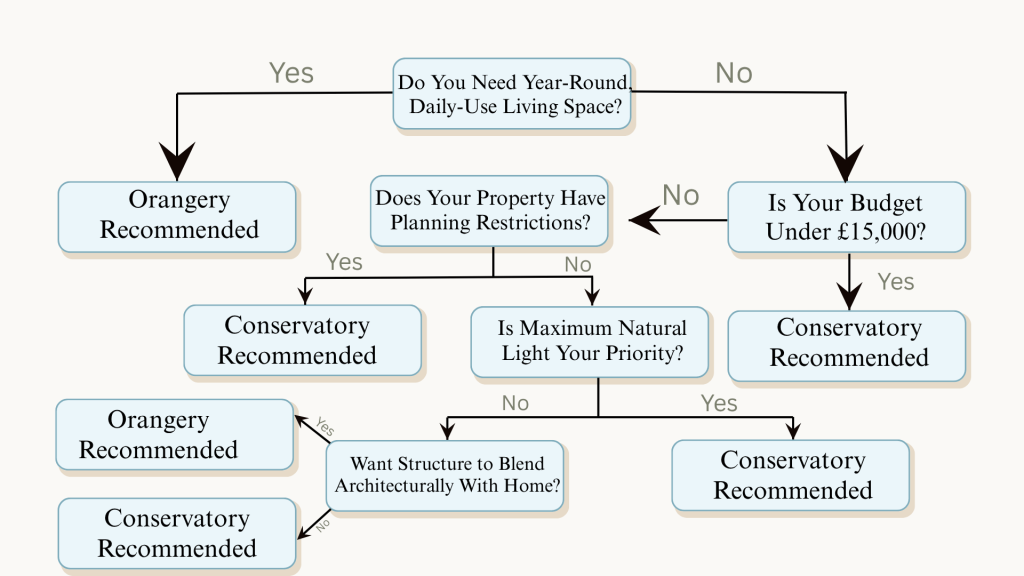
The Bottom Line
Both orangeries and conservatories offer excellent ways to enhance your home with additional space and natural light.
The choice between an orangery and a conservatory ultimately depends on your specific priorities, budget, and intended use of the new space.
Conservatories excel when maximum brightness and cost-effectiveness are primary concerns, making them perfect for seasonal spaces and garden rooms.
Orangeries shine when year-round comfort and genuine living space functionality take precedence over extensive glazing.
The difference between an orangery and a conservatory becomes clear when considering thermal performance, planning requirements, and long-term property value.
Your final decision should align with both immediate requirements and future lifestyle goals for optimal satisfaction with your investment.
Ready to start your home extension project? Get your free consultation and personalized quote today.


